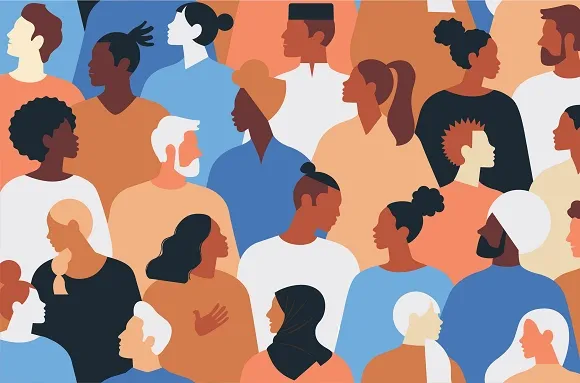Understanding Minority Mental Health Disparities and Their Impact on Social, Emotional, and Professional Functioning
Mental health is a critical aspect of overall well-being, yet disparities in mental health care and outcomes persist among minority populations. These disparities not only affect individual lives but also ripple through families, communities, and workplaces, impacting social, emotional, and professional functioning. Understanding these disparities is essential for fostering greater equity and improving mental health outcomes for all.
The Landscape of Mental Health Disparities
Minority populations often face unique challenges when it comes to mental health. Factors such as socioeconomic status, cultural stigma, access to care, and systemic inequalities contribute to significant disparities in mental health outcomes. For instance, studies show that individuals from racial and ethnic minority backgrounds are less likely to receive mental health services compared to their white counterparts. This gap is often exacerbated by cultural beliefs that discourage seeking help or a lack of culturally competent providers who understand the specific needs of diverse populations.
Physical Functioning
The connection between mental health and physical health is well-documented, and disparities in mental health can lead to significant physical health challenges. Chronic stress, anxiety, and depression can manifest as physical symptoms, such as fatigue, headaches, and gastrointestinal issues. Minority individuals often face barriers to accessing quality healthcare, leading to untreated physical conditions that can exacerbate mental health issues. Moreover, the stress of dealing with discrimination and inequality can contribute to unhealthy coping mechanisms, such as substance abuse or poor diet, further compromising physical health.
Social Functioning
The impact of mental health disparities on social functioning can be profound. Individuals experiencing untreated mental health issues may struggle with interpersonal relationships, community engagement, and social networks. For minority populations, the stigma surrounding mental health can lead to isolation and decreased participation in social activities. This social withdrawal not only hinders personal support systems but also perpetuates feelings of loneliness and anxiety, creating a cycle that is difficult to escape.
Emotional Functioning
Emotional functioning is intricately linked to mental health, and disparities can lead to increased levels of stress, anxiety, and depression among minority individuals. The pressure of navigating a world that often marginalizes their experiences can take a toll on emotional well-being. For example, microaggressions and systemic discrimination can contribute to chronic stress, which adversely affects emotional regulation and resilience. Without appropriate support, these emotional challenges can escalate, impacting an individual’s overall quality of life.
Professional Functioning
The ramifications of mental health disparities extend into the workplace as well. Minority individuals facing mental health challenges may experience difficulties in job performance, productivity, and career advancement. The lack of access to mental health resources can lead to absenteeism and lower job satisfaction, ultimately hindering professional growth. Furthermore, workplace cultures that do not prioritize mental health can create environments where employees feel unsupported or stigmatized, further exacerbating the issue.
Bridging the Gap
Addressing minority mental health disparities requires a multifaceted approach. Here are some strategies to consider:
- Cultural Competence in Care: Mental health providers must receive training in cultural competence to better understand and address the unique needs of minority populations. This includes recognizing cultural beliefs around mental health and tailoring interventions accordingly.
- Increasing Accessibility: Expanding access to mental health services, particularly in underserved communities, is crucial. This can involve telehealth options, community outreach, and support for navigating insurance and healthcare systems.
- Advocacy and Education: Raising awareness about mental health and reducing stigma in minority communities is essential. Educational campaigns can help normalize conversations about mental health and encourage individuals to seek help.
- Building Supportive Environments: Workplaces should prioritize mental health by implementing supportive policies, providing resources, and fostering an inclusive culture. Employee assistance programs and mental health days can make a significant difference.
Conclusion
The disparities in mental health among minority populations have far-reaching implications for social, emotional, and professional functioning. By understanding these challenges and advocating for equitable access to care, we can begin to bridge the gap and support the mental well-being of all individuals. Promoting mental health awareness and culturally competent care is not just an ethical imperative; it is essential for creating healthier, more resilient communities. Together, we can work towards a future where mental health care is accessible, equitable, and supportive for everyone.

